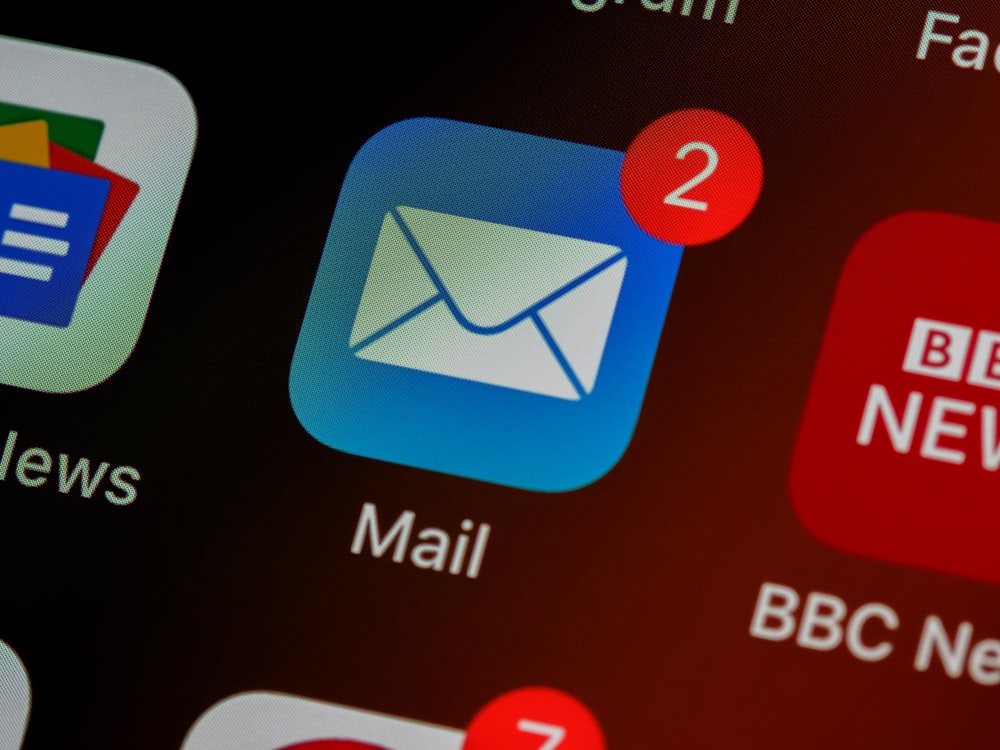Bulk Email Copy Checklist: Clarity, Relevance, and Trust at Scale
Copy quality determines whether a message earns attention or erodes trust. At bulk scale, you need a checklist that catches common pitfalls and enforces a consistent standard across teams. Use this list before every major send to maintain a high signal‑to‑noise ratio and protect deliverability.
1) Subject and preview pair
- Subject promises one concrete outcome.
- Preview text extends the promise without repeating it.
- No shouty punctuation, emojis, or bait.
2) First 80 characters do the work
The opening line should match the email’s purpose with a single, plain statement. Avoid throat‑clearing and fluff. Mention the recipient’s company or role only if it meaningfully improves relevance.
3) One idea, one CTA
Short paragraphs, one CTA. Use a question when you want a reply; use a link when you want a click. Don’t mix asks.
4) Text-first bias
Use images sparingly in B2B outreach. Keep links minimal. Avoid tracking clutter—deliverability improves when emails read like a normal human message.
5) Accessibility and tone
- Readable on mobile (short lines, clear hierarchy).
- Contrast and font size appropriate.
- Respectful tone; no aggressive scarcity or fake urgency.
6) Personalization safety
Tokens have fallbacks. No brittle placeholders. Never fabricate data. If a token is missing, the sentence still reads correctly.
7) Compliance and identity
Clear sender identity, working unsubscribe, and necessary disclosures for your audience and jurisdiction. Consistency builds trust.
Key takeaway
Good copy is simple and specific. This checklist prevents most avoidable mistakes, keeps messages human, and scales a high standard across your program.
Examples to model
Subject: “Q4 retention playbook for {{company}}”
Opening: “Sharing a 4‑step template that reduced churn 18%—would you like the PDF?”
CTA: “If helpful, I can send the playbook or set up a quick walkthrough.”
Common pitfalls
- Combining multiple CTAs (“book a call or download or reply”) in one message.
- Over‑personalization that feels creepy or brittle.
- Heavy templates with many links and images for cold audiences.
- Hiding the ask—clarity converts.
Review workflow
Adopt a two‑person review for high‑volume sends: one owner drafts, one reviewer checks tone, clarity, tokens, and compliance. Keep a shared library of proven intros, value lines, and CTAs to speed creation and maintain consistency.
Scaling across teams
Provide a simple style guide (voice, structure, and do/don’t examples). Set a character budget for subject, preview, and opening line to keep messages tight. Run monthly show‑and‑tell with top‑performing examples and brief rationale so good patterns spread quickly.
Localization and markets
When expanding internationally, translate intent, not just words. Adjust tone, formality, and cultural references. Keep the core structure—clear subject, specific opener, single CTA—while adapting examples and proof points. Test locally before scaling to ensure the nuance lands as intended.
Governance
Define who can approve templates, change tokens, and launch new variants. Track changes with IDs, dates, and owners. Governance prevents drift, ensures compliance, and speeds incident response when something goes wrong.
Micro‑experiments
Improve copy with small, focused experiments: one subject tweak, one opening line change, one CTA variation. Avoid mega‑tests that change everything at once. Document hypotheses and outcomes so your library evolves on evidence rather than taste.



